Thessaloniki gets ready for its metro launch in November
The underground rapid transit lines have been under construction for almost two decades due to various project delays
 TheMayor.EU logo
TheMayor.EU logo 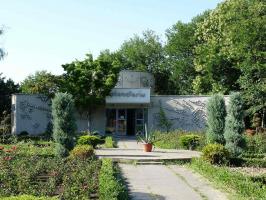
After an investment of 1 million euros, the facility has become one of the most advanced of its kind in South-Eastern Europe

The initiative is meant to boost domestic tourism while offering travellers a cheaper way to reach the seaside in the wake of surging gas prices
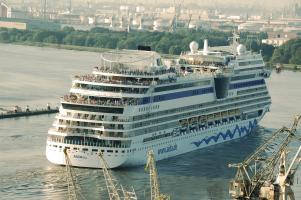
The PIONEERS consortium consists of 46 partners coordinated by the Port of Antwerp
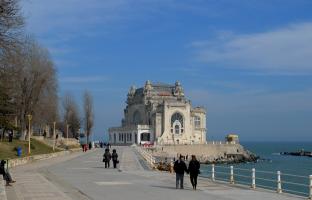
The initiative will see the city become greener and more environmentally friendly
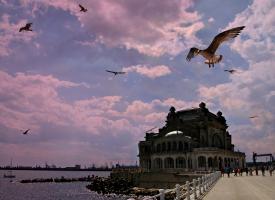
The strategy’s goal will be to revitalize the sector and bring about a cultural revival in the city
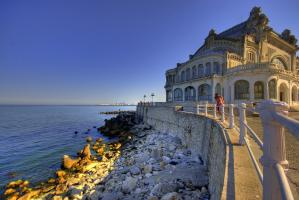
Locals will have the opportunity to choose which area was handled the best through an online vote
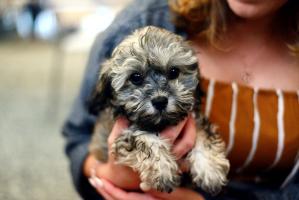
Adoption is free, puppies have been consulted by a veterinarian, vaccinated, neutered and IDed through microchipping
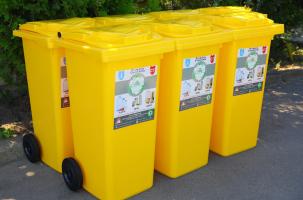
30 000 yellow bins for paper, plastic and metal waste will be placed in all neighborhoods of the Romanian city
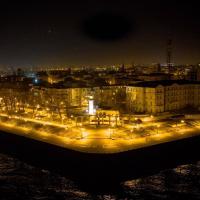
Mayor Făgădău has brought to life the symbol of the Romanian seaside city

Every year the 4-day adventure combines memorable music performances with entertainment

The landmark was included on Europa Nostra's list of 7 most endangered heritage sites in Europe

The event takes place every year on the coast of the Black Sea in Romania